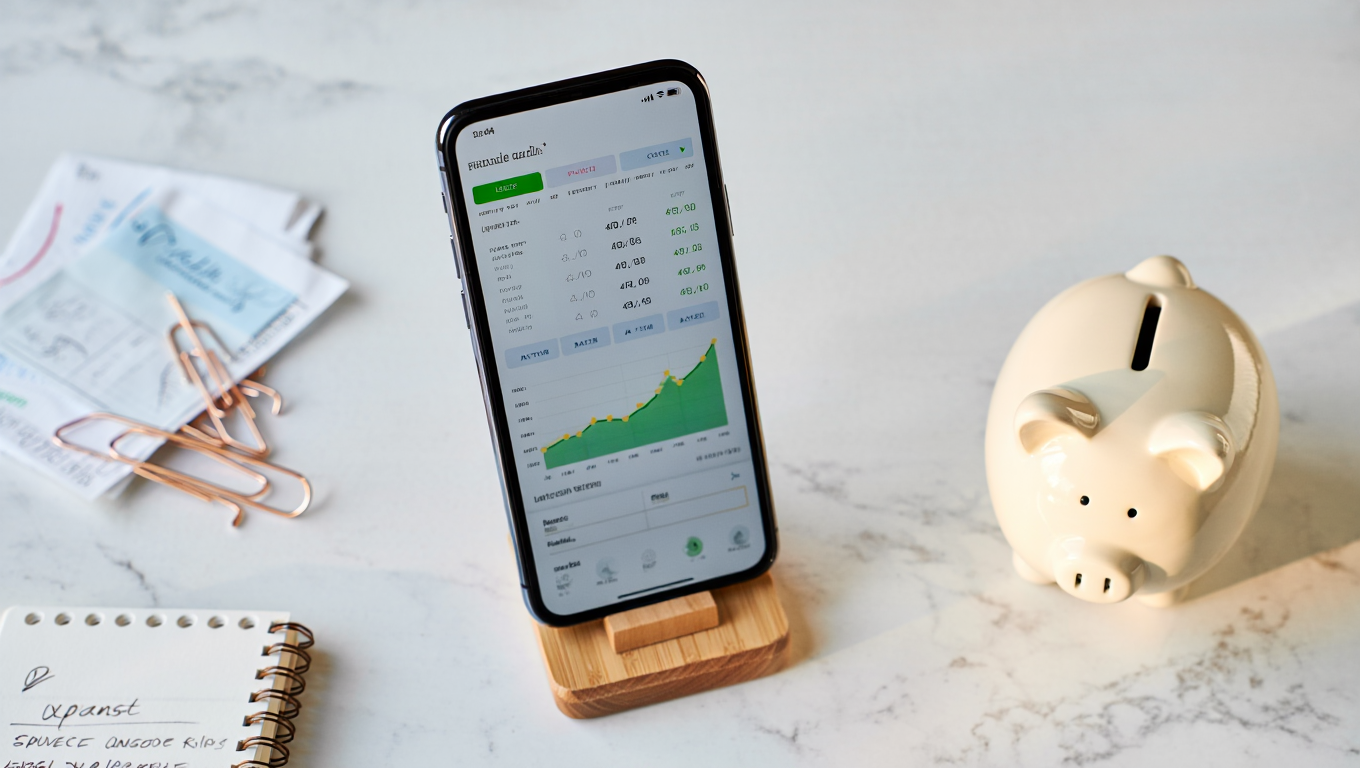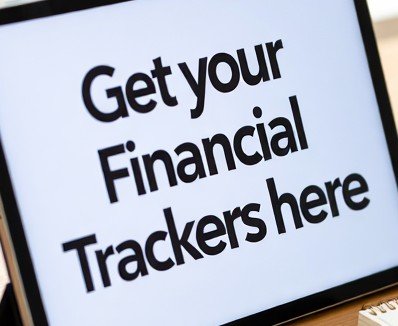
When it comes to mastering your money, setting financial goals is one of the most powerful strategies you can use.
Financial goals provide clarity, direction, and motivation. They act like a roadmap, showing you exactly where you want to go—and how to get there.
Whether you’re dreaming of buying your first home, building an emergency fund, or simply breaking free from paycheck-to-paycheck stress, learning how to set and track financial goals can transform your entire financial life.
💡 Why Financial Goals Matter
Without clear financial goals, money tends to slip through your fingers.
It’s easy to:
- Spend impulsively
- React emotionally to financial challenges
- Feel overwhelmed by money decisions
- Struggle without seeing real progress
But when you set strong financial goals, you:
✅ Give your money a purpose
✅ Stay focused on what matters
✅ Reduce financial stress and anxiety
✅ Make faster, smarter progress
✅ Stay motivated—even when challenges pop up
Think of financial goals like your GPS for personal finance.
Every decision you make becomes easier when you have a clear destination.
🧭 Step 1: Define Your Financial Goals
Start by getting clear on what you want to achieve.
There are three types of financial goals:
| Type | Timeframe | Examples |
|---|---|---|
| Short-Term | Within 1 year | Build a $1,000 emergency fund, pay off small debt, save for a vacation |
| Medium-Term | 1–5 years | Save for a home down payment, buy a car, fund a wedding |
| Long-Term | 5+ years | Retirement savings, pay off mortgage, build investment portfolio |
🚀 Examples of Financial Goals:
- Save $1,000 for an emergency fund in 6 months
- Pay off $5,000 in credit card debt within 18 months
- Save $20,000 for a down payment in 3 years
- Build a $50,000 retirement fund by age 40
- Start investing $200 a month for long-term growth
👉 Pro Tip:
Be honest with yourself.
Ask: What do I really want my money to do for me?
✅ Step 2: Make Your Goals SMART
Not all goals are created equal.
SMART goals give you a serious advantage.
🔵 S – Specific: Clear and focused
🔵 M – Measurable: Easy to track
🔵 A – Achievable: Realistic based on your current situation
🔵 R – Relevant: Aligned with your personal values
🔵 T – Time-bound: A clear deadline
📌 SMART Goal Example:
❌ Bad goal: “I want to save more money.”
✅ Great goal: “I will save $3,000 for a new laptop by December 1, 2025.”
Why it’s SMART:
- Specific (save $3,000 for a laptop)
- Measurable (clear dollar amount)
- Achievable (doable with a plan)
- Relevant (needed for work and hobbies)
- Time-bound (set deadline)
👉 Pro Tip:
If your goal isn’t SMART yet, tweak it until it checks every box.
📊 Step 3: Break Big Goals Into Small Steps
Large financial goals can feel overwhelming.
The solution? Micro-goals.
💬 Example:
Big Goal: Save $3,000 for a laptop
Breakdown:
- Save $300 per month
- OR about $75 per week
💡 Tip:
Make each small step a mini-goal you can celebrate when you hit it!
🎯 Why Small Steps Matter:
- Keep motivation high
- Make progress feel manageable
- Build momentum quickly
- Stay committed through setbacks
👉 Pro Tip:
Visualize every $100 or $500 milestone—treat it like leveling up!
🧾 Step 4: Track Your Progress Consistently
Tracking is the secret weapon behind goal achievement.
When you track, you:
🔵 See exactly how far you’ve come
🔵 Stay accountable to yourself
🔵 Spot problems early
🔵 Adjust when life changes
🔵 Celebrate your wins
🛠️ Best Tools for Tracking Financial Goals:
| Tool | Why It’s Awesome |
|---|---|
| Budgeting apps | Automated, real-time progress |
| Spreadsheets | Fully customizable |
| Financial templates | Organized, visual, easy to use |
| Pen + paper | Old-school but powerful |
📈 Track with Visuals:
- Progress bars
- Savings thermometers
- Pie charts or graphs
- Monthly snapshot dashboards
👉 Helpful Resource: Browse Financial Goal Trackers


